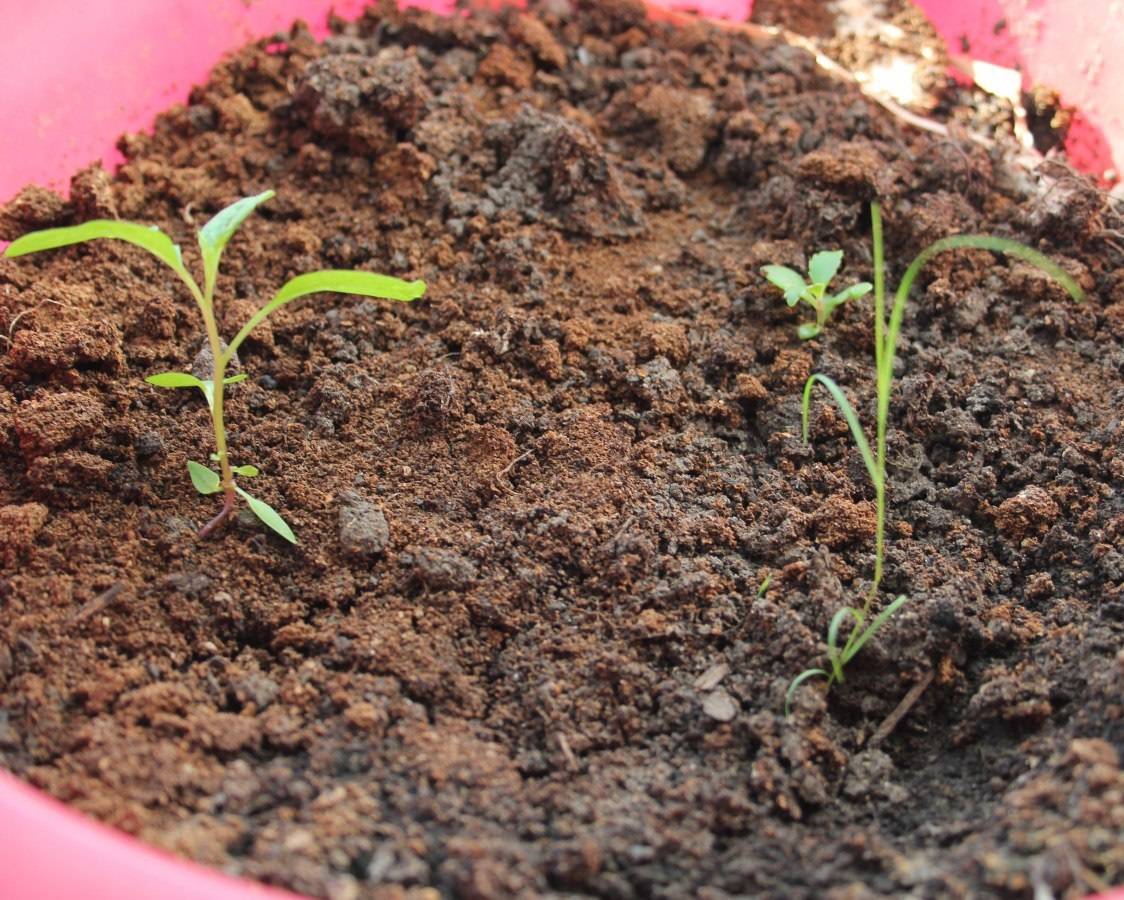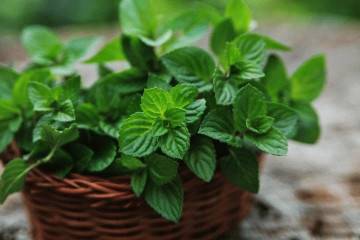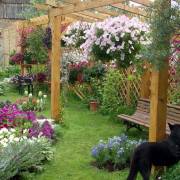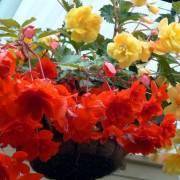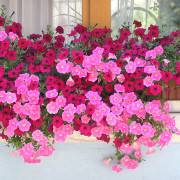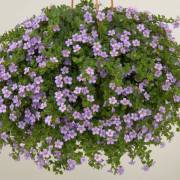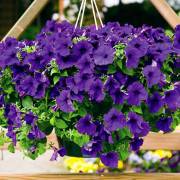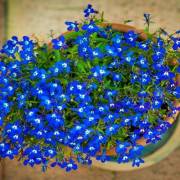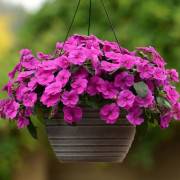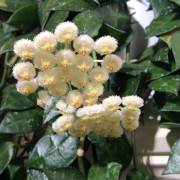How to grow fuchsia from seeds at home
Content:
A beautiful plant grows in New Zealand, Tahiti and Central America. Gardeners appreciate it for its abundant flowering and unpretentiousness. It is called fuchsia, growing from seeds is possible at home. You should only follow the rules of agricultural technology.
Fuchsia seeds
Planting seeds can be purchased at a specialty store. Many gardeners choose to choose plants online and pay upon receipt. The grains must be fresh. They should be selected depending on the type of fuchsia and personal preference.
If the gardener has an adult fuchsia, then it is possible to pollinate it artificially and collect seed pods in the place of wilted inflorescences. Using several varieties for this procedure allows you to grow a plant with a unique color.
What fuchsia seeds look like
Fuchsia seeds are obtained from the fruit that forms during flowering. They are light brown in color and small in size. Achenes are similar in shape to garlic cloves. Most often in the store you can find such varieties as Bella Rosella, Holidays, Foxtrot. Planting and care are carried out depending on the type of plant. The packaging usually contains step-by-step instructions on how to sow and care for seedlings.
How to grow fuchsia from seeds at home
Fuchsia from seeds at home can be obtained quite easily if you know some of the nuances. These include the correct selection of soil, sowing, the necessary conditions for germination and further care of the seedlings.
Soil preparation
It is recommended to make a substrate for fuchsia. To do this, take 3 parts of fertile soil, part of river sand and 2 parts of peat. Everything is thoroughly mixed and the prepared container is filled with soil, in which fuchsia will then be grown. It is also allowed to use a ready-made commercial substrate.
Sowing seeds
The best period for growing fuchsia from seed is late winter (February) and early spring (March-April). The seeds of the plant very quickly lose their germination, so it is not recommended to use those that have been stored for a long time.
Conditions for germination
The container with seeds must be kept in a well-lit place, but not exposed to direct ultraviolet rays. The optimum temperature is considered to be + 18-20 degrees. The container should be covered with plastic wrap. For germination, some gardeners recommend using peat tablets. After 20 days, you should inspect the container: during this time, shoots should appear. Depending on the variety and external factors, the germination process can take up to 30 days.
Further care of seedlings
With proper care, seedlings develop quickly. It is necessary to water it if the topsoil has become dry. For irrigation, use settled water at room temperature. It is recommended to periodically irrigate the plants with settled water from a spray bottle.
When the second pair of leaves is formed, young shoots can be transplanted into separate containers with a diameter of 7-9 cm. Expanded clay should be poured onto the bottom of the container and small holes should be made in the bottom to drain excess liquid.The fuction sprouts are buried in the ground and lightly tamped. After transplanting, the seedlings must be placed in a dark place for 2 days so that the plants adapt faster.
During flowering and active growth, fuchsia should be fertilized. For top dressing, such means as "Zdraven", "Agricola" and "Ideal", which are applied on wet soil, are suitable. Fertilize the flower twice a month. As an additional food, you can use compositions prepared according to folk recipes. Most often they are made from:
- onion peel. A handful of skins are poured with three liters of water and left for 2 days;
- castor oil. Fertilizer promotes beautiful and lush flowering. Take 1 tsp per liter of warm water. oils. All are thoroughly shaken and irrigated;
- banana peel. Put 3 banana skins in a two-liter jar, pour in two liters of water and leave for 2 days. The solution is filtered. Before watering the flower, it is necessary to dilute the liquid with water in equal proportions;
- wood ash. Add 2 tbsp per liter of water. l. ash. Everything is stirred and set aside for 2 days.
The plant needs to be pinched when pulled, otherwise it will not be compact. With active growth, the tops are cut off, trying to form a healthy, lush and strong bush. When the container becomes cramped for the seedling, you need to purchase a pot with a diameter of 3-4 cm larger.
How to plant seedlings in pots
Fuchsia is popular because it is off-season. In winter, it can be placed on the windowsill, and in summer it looks beautiful on the balcony. One plant is enough for a pots, thanks to its rather large size. Planting seedlings is carried out identically to transferring them to a regular pot.
There are several types of ampel fuchsia that are ideal for planting in flowerpots on the street and pots:
- Holly's Beauty has pink and white flowers with double petals;
- Prince of Peace - flowers with a red skirt and white sepals;
- Imperial Crown - elongated scarlet flowers, collected in bunches;
- Blue Angel - flowers, faceted white sepals, predominantly purple and lilac petals;
- Bicentennial - oblong terry inflorescences with light sepals that turn orange over time.
Fuchsia is a perennial that was introduced from Central America. She gained popularity due to the original and beautiful flowering, simple care and unpretentiousness. Designers love to use the plant in the interior because of its original inflorescences. A beauty can be grown at home on your own from seeds, if you follow the recommendations of gardeners.


